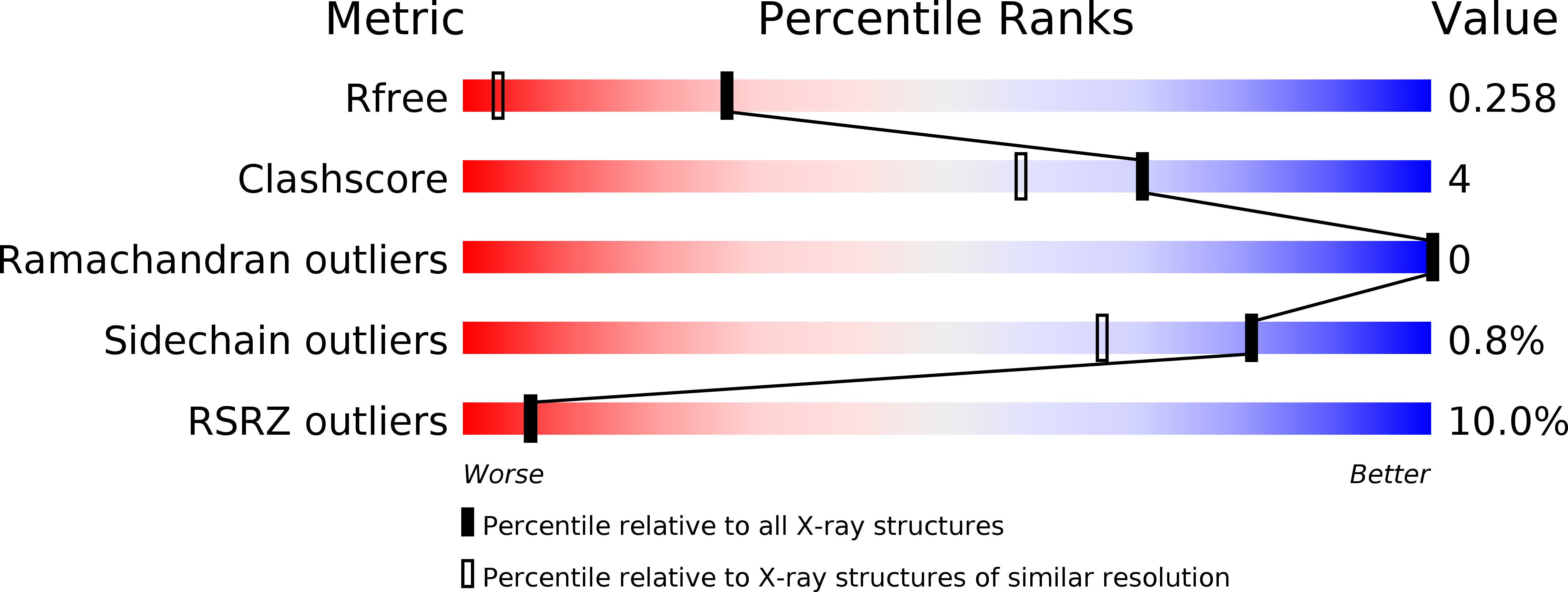
Deposition Date
2015-03-24
Release Date
2015-09-16
Last Version Date
2023-09-27
Entry Detail
PDB ID:
4YYM
Keywords:
Title:
Crystal structure of TAF1 BD2 Bromodomain bound to a butyryllysine peptide
Biological Source:
Source Organism:
Homo sapiens (Taxon ID: 9606)
Host Organism:
Method Details:
Experimental Method:
Resolution:
1.50 Å
R-Value Free:
0.26
R-Value Work:
0.21
R-Value Observed:
0.22
Space Group:
P 21 21 21


